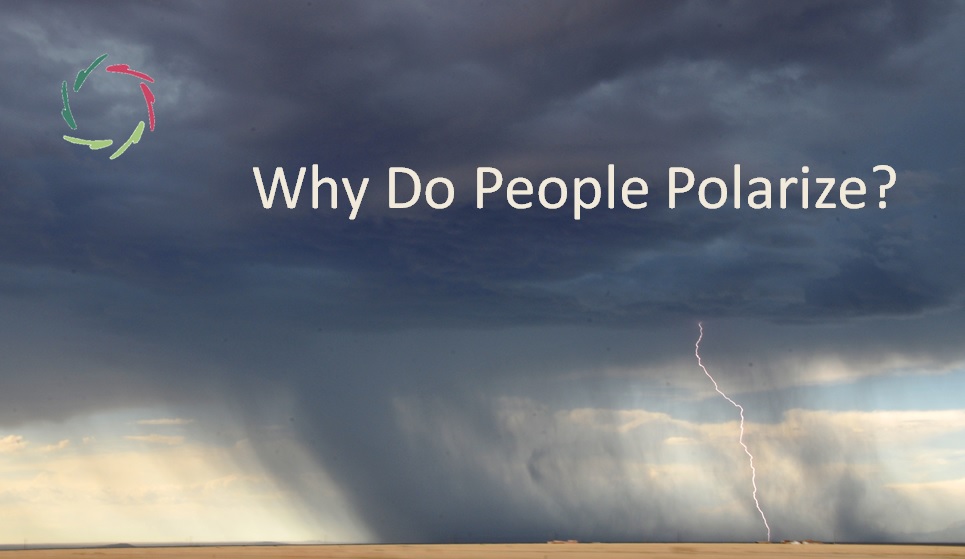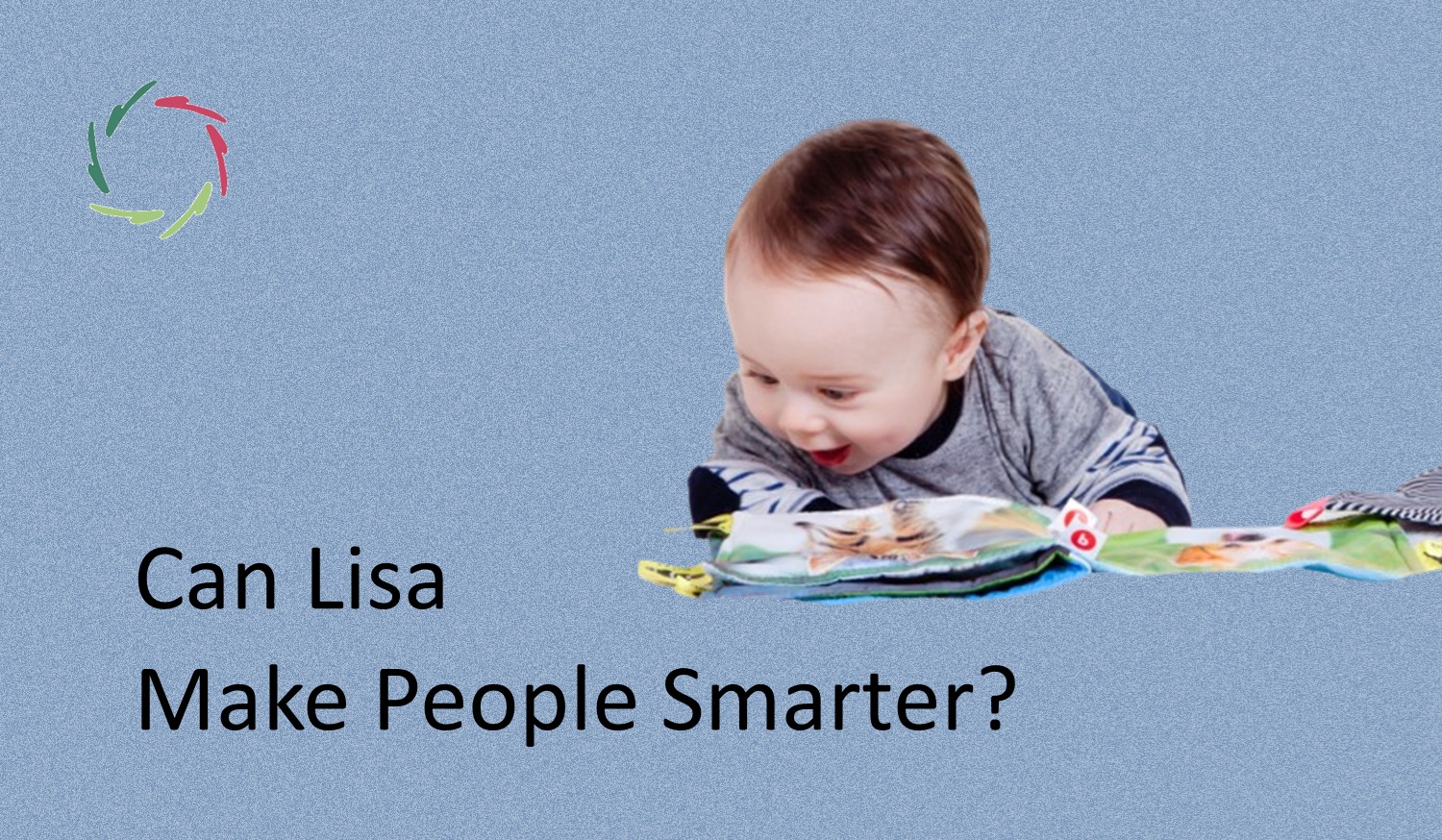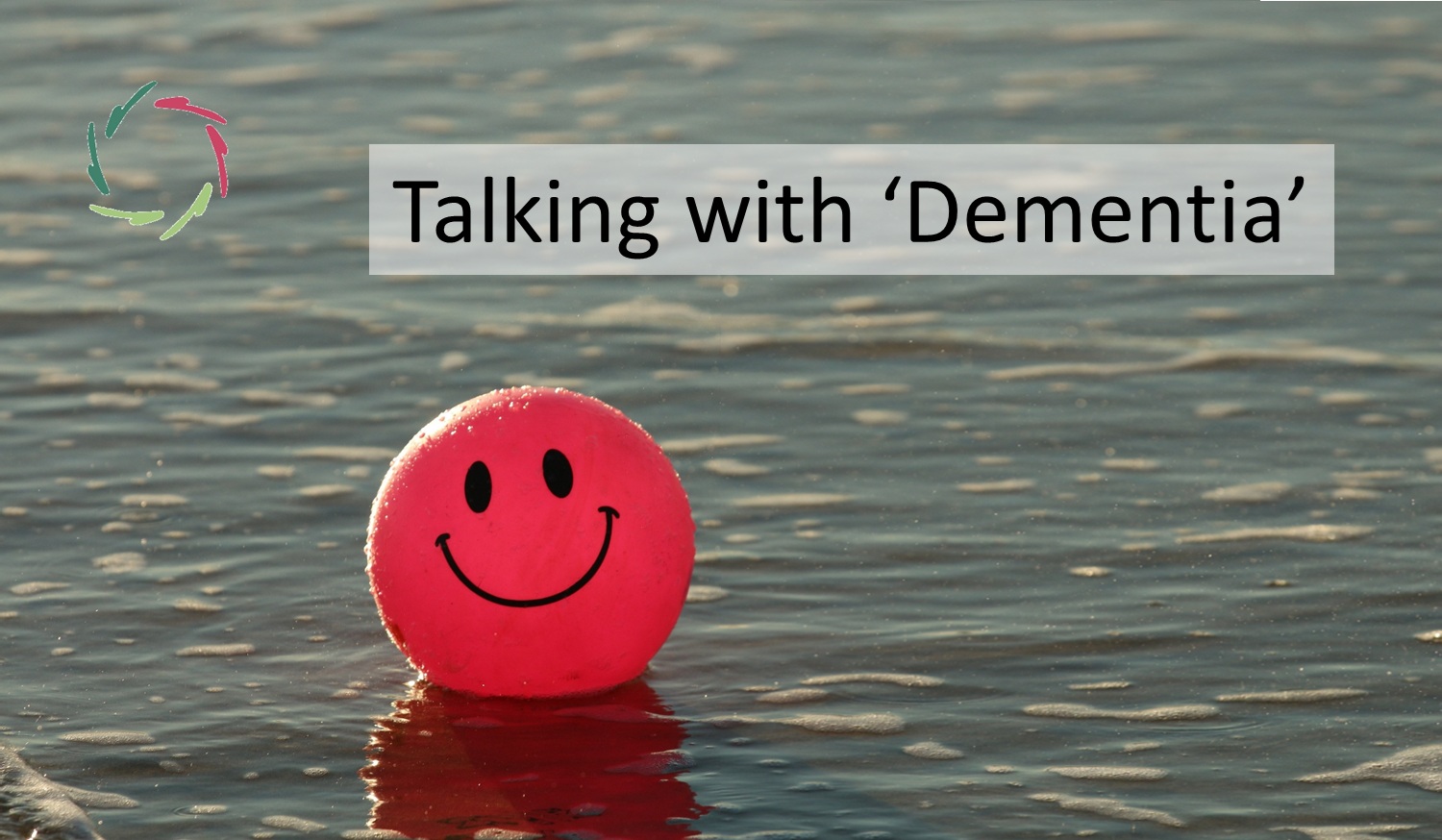Why Do People Polarize?

Increasing polarization is going on in many parts of the world. We are seemingly not at the end of this trend. Needed is a growing awakening to who we are: total human beings.
Different opinions
Different opinions may see each other more clearly in the differences as well as in the similarities. They can inspire, provoke food for thought, lead to interesting conversations, people coming together, and feel invigorated and enriched by each other at the end of the evening. People don’t need to agree. ‘Everybody same opinion’ readily leads to blandness and boredom.
But while some disagreement of opinions is stimulating, polarization never is. In polarization, people don’t even look at each other’s opinions. The only aim is to defend one’s own, with any means. This can lead to violence. Even war can ensue.
Understanding polarization
Thus, it’s essential to understand polarization, not only in its many concrete appearances but also as a concept. Does unity in appearance, cause, and consequences lie behind many kinds of polarization? Is there one underlying goal? And, above all, what can we do about it with more insight?
Is polarization itself the primary reason for polarizing? Do people, in any which form, strive to see ‘the enemy’ outside because they need an enemy? This may become more understandable by looking at the phenomenon of projection. [see: “Projection”] Some other elements may then make polarization more understandable. Let’s go into them:
Jung’s shadow
C.G. Jung (Swiss psychiatrist, 1875-1961) used the image of a shadow to denote that many people have hidden mental content ― also hidden to themselves. This hidden content is suppressed from a conscious view because of its being too uncomfortable to acknowledge (Freudian take) or its just being very different from the usual conscious content. [see: “About ‘Subconceptual’”]
In Jung’s view, non-conscious content is nevertheless ‘energetic.’ This way, it demands realization. Therefore, the internal suppressor projects the content to the outside world, most easily to other people. Because it’s about unfitting material, the other person naturally becomes seen as a ‘bad person’ in the eye of the oppressor. Vice versa from the other side and you have two people who naturally don’t want to communicate with each other. In due time, they polarize.
Cognitive energy
People tend to stay with their personal opinions until it is necessary for them to change. Small changes keep the situation afloat. This makes tensions mount.
In due time, the effort to keep going outperforms the discomfort from a more fundamental change. We see such in many domains, even in the field of scientific theorizing with Popperian drift and Kuhnian shifts. This reason seems to be one of a ‘conservation of cognitive energy.’
At the worldwide stage, we see tensions mounting. This is bad because of the involved aggression. It’s also a good sign, showing that a shift is coming nearer. Will this be a revolution? Better would be a gentle slope. We can work on that.
Us-versus-them
Then there is also a plain us-versus-them happening. The advantage of this lies in an easy way to bring and keep individuals together in a group. The enemy forms the glue for the group. The group itself gives a feeling of bonding, empathy, even the flow of oxytocin in the brain.
The disadvantage is, of course, the enemy. In my view, this is a prominent reason why women (and many men) can indulge in war. At least, it brings the own people together, creating a feeling of safety at home. The kids, mister! Misguided, in my view.
Me-versus-me
This builds further on the previous points. It may seem a bit weird at first sight. Eventually, I see this as a crucial issue that can make or break people and even humanity. It is ‘the mother of all issues,’ so to speak. It is the downside of how we (the human being) came into existence while emerging from a non-conscious state to consciousness.
The increasingly apparent risk of this happening is that consciousness (what one is conscious of) separates itself from what the human being still mostly is ― and always will be. A term for this is inner dissociation. This leads to many mishaps, individually and collectively. [see: “Inner Dissociation is NEVER OK!”]
The more dissociated, the bigger the mishaps, and also the more difficult it is to see through what is happening. Within consciousness, one can be so separated that one doesn’t see anymore the possibility of something else. [see: “The Basic Cognitive Illusion”] I also refer to this as mere-ego. [see: “The Story of Ego”] It is as if the earth’s crust would separate itself from the core. Indeed, you can fly all around the planet and see nothing but crust. From that experience, you can deduce with confidence that you know the earth. But in that case, you’re deadly mistaken. The more confidence, the deadlier in many respects.
So, me-versus-me, forming a ‘shadow’ that creates a huge us-versus-them, looking for an outside screen to project the shadow while spending little cognitive energy. This is a recipe for polarization.
I see in this an immense responsibility for intellectuals. [see: “The Intellectual Elite”]
Solving the problem of polarization needs a lot of effort, in the first place within the own house. [see the category: “Personal Growth”] Please don’t wait for anyone to start with this.
Then, as a strong individual, you may help to change the world.


